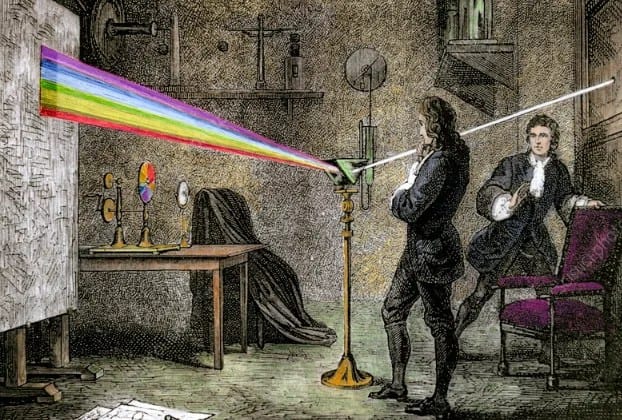Here’s a brief overview of his life:
Early Life: Isaac Newton was born on January 4, 1643, in Woolsthorpe, Lincolnshire, England. He was born prematurely and was not expected to survive, but he grew up to become a highly influential figure in the scientific world. Early Life: Isaac Newton was born on January 4, 1643, in Woolsthorpe, Lincolnshire, England. He was born prematurely and was not expected to survive, but he grew up to become a highly influential figure in the scientific world.
Laws of Motion: Newton’s most famous work is his formulation of the three laws of motion, which laid the foundation for classical mechanics. These laws describe the relationship between the motion of an object and the forces acting on it.
Universal Gravitation: Newton also discovered the law of universal gravitation, which states that every particle in the universe attracts every other particle with a force that is directly proportional to the product of their masses and inversely proportional to the square of the distance between their centers.
Calculus: Newton made significant contributions to the development of calculus, a branch of mathematics that deals with rates of change and accumulation.
Optics: He conducted experiments on optics and formulated the theory of colors, demonstrating that white light is composed of a spectrum of colors.
Later Life: Newton spent much of his later life in academia and government service. He served as Lucasian Professor of Mathematics at the University of Cambridge and later as President of the Royal Society. He was also involved in politics and economics, serving as Warden and Master of the Royal Mint.
Legacy: Newton’s work laid the groundwork for modern physics and mathematics. His laws of motion and theory of universal gravitation revolutionized our understanding of the natural world and had a profound impact on science and technology.


You must be logged in to post a comment.